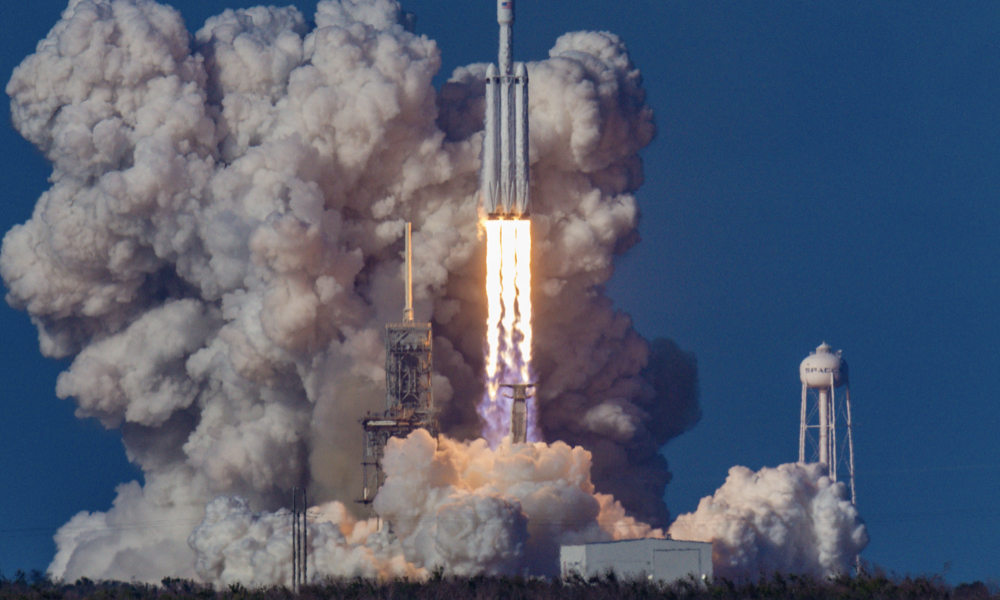
ESA Open Invitation to Tender AO9845
Open Date: 03/06/2019
Closing Date: 28/08/2019 13:00:00
Status: ISSUED
Reference Nr.: 19.1TT.43
Prog. Ref.: CC for Advanced Tech
Budget Ref.: E/0505-01C – CC for Advanced Tech
Special Prov.: BE+DK+FR+DE+IT+NL+ES+SE+CH+GB+IE+AT+NO+FI+PT+GR+LU+CZ+RO+CA
Tender Type: C
Price Range: 200-500 KEURO
Products: Satellites & Probes / RF / Microwave Communication (Platform and Payloads) / RF Comm. Eng. SW / SW for RF Comm. design, analysis, simulation, etc.
Technology Domains: RF Systems, Payloads and Technologies / RF Technologies and Equipment / RF Modelling and Design Tools
Establishment: ECSAT
Directorate: Directorate Telecom & Integrated Applica
Department: Telecom Technologies,Product&Systems Dep
Division: Technologies and Products Division
Contract Officer: Beardsell, Andrea
Industrial Policy Measure: C1 – Activities in open competition limited to the non-Larg…
Last Update Date: 03/06/2019
Update Reason: Tender issue
The objective of this activity is to develop a machine-learning-based detection method for anomalies of RF measurement of payload equipment and complex antenna systems (e.g. full-satellite, payload), such as active antennas for constellations as used for Space and Ground. A test-bed shall be developed to evaluate the performance of the machine-learning algorithm developed.Targeted Improvements:- Enabling development of machine assisted equipment performance evaluation and root-cause analysis during the development, qualification, assembly, integration and test phases;- Reduction of diagnosing time by a factor of 10-100, in comparison to today.Description:Anomalies occurring during RF performance tests can be difficult and time consuming to detect due to the large amount of test data to be reviewed and analysed, but also due to the complex RF systems. This problem applies to payload equipment and space antennas, as well as ground station antennas and active antennas for satellite constellations.A wide range of potential root causes can be present and need to be evaluated, including design, assembly, integration and test flaws and also error sources originating from the measurement facility itself. Usually a team of experts conducts the root cause analysis, evaluates measurement data, builds models to reproduce the anomalies and draws conclusions from results and previous experience. This process is time-consuming and relies on experienced engineers to arrive quickly at the most likely root cause of the problem.In this activity a machine-learning-based detection method will be developed that is capable of diagnosing RF anomalies with respect to design and assembly flaws,as well as identifying principle measurement shortcomings. The main purpose is to accelerate anomaly detection and root-cause analysis by a factor of 10 to 100. As a machine-learning engine, Google TensorFlow, Facebook Caffe or any other such tool may be used. A machine-learning model, as well as training strategies based on measurement and simulated data, shall be derived. Supervised learning is the baseline for the training process to be developed (i.e. training for a specific predefined error source). A concept for unsupervised training (i.e. self-learning of the software engine) shall also be defined.A test-bed shall be developed to evaluate the performance of the machine-learning method developed.Procurement Policy: C(1) = Activity restricted to non-prime contractors (incl. SMEs). For additional information please go to EMITS news “Industrial Policy measures for non-primes, SMEs and RD entities in ESA programmes”.
If you wish to access the documents related to the Invitation to Tender, you have to log in to the ESA Portal.
